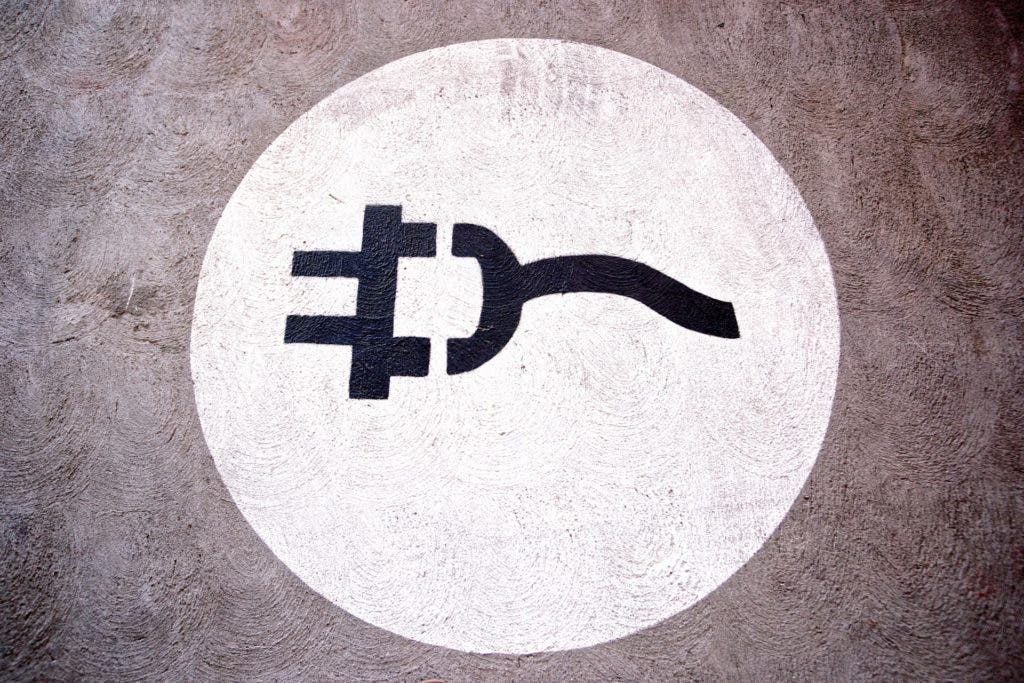International energy company E.ON and Denmark-based e-mobility service provider CLEVER have released more details on their plan to roll out charging stations across Europe. These include an ‘electric highway’ equipped with ultra-fast charging stations that would connect 7 European countries, all the way from Italy to Norway.
The companies first announced their intended debut on the charging-station market about a week ago. They’re shooting for as many as 10,000 charging points across Europe by 2020 and said that some of them will sustain a charging rate of up to 350 kW. Apart from that, however, they were pretty scant on specifics. Now they’ve returned with more details, and it looks highly promising.
E-highway
E.ON intends to connect 7 European countries with 180 fast charging stations. They partnership with Clever aims to deliver a final 400 such stations on the continent. The stations are designed as a modular system that enables an initial charge rate of 150 kW and can be later upgraded to handle 350 kW. This upgrade-able design is intended to allow the ‘e-highway’ enough flexibility to handle advancements in electric vehicle technology, especially upgrades in battery capacity and supported charging speeds.
“Together with strong partners we are taking a joint step towards establishing a comprehensive ultra-fast charging infrastructure in Europe,” said Frank Meyer, Head of Innovation and B2C at E.ON. “It is a testament to our commitment to provide convenient e-mobility solutions for our customers in Europe. We see a reliable ultra-fast charging network in combination with our home and destination solutions as main prerequisites for a mass market adoption of electric mobility,”
Here are some of the main takeaways from E.ON’s announcement:
- The project will receive 10 million euros in support from the EU (through the CEF program) between 2017 and 2020.
- Work has already begun on sites in both Germany and Denmark. The European Commission has selected this plan as a flagship project.
- The first stage of the project will include 180 sites in Sweden, Denmark, Germany, the UK, Italy, France, and Norway. YX Energi will be a ‘facility partner’ for the project in Norway.
- Sites will be placed every 120 to 180 km along motorways. Initial charging will be limited to 150 kW, with a potential upgrade to 350 kW. This means the stations will be able to charge a 400 km-range battery in roughly 20-30 minutes (depending on each car’s specifications), and that interval will shorten as battery tech advances and charging capacity is increased.
- Each station will have between 2 and 6 charging points and will support CCS charging, the European standard for fast charging.
Overall, there’s a lot of good news here to get excited over if you’re a fan of electric vehicles. The chargers would be faster than those today, which usually revolve around 50 kW. Their built-in upgrade potential to 350 kW is particularly welcome as it will let the network meet the requirements of future e-vehicles which will likely support much higher charges.
But there are potential red flags here as well. Most of all, the low number of charging points per station. In the US, Tesla also started out with 6 points per Supercharger station but have since moved to 12, 16, 20, even 50 chargers per station in their newer stations. E.ON’s higher charge capacity should allow each point to serve customers faster, but even so, topping up an electric vehicle will take some time. Given that a lot of EVs are expected to hit the road in the next few years, and that you’d need 20 to 30 minutes to charge a more accommodating battery, 2 to 6 chargers per station might just not be enough.
Hopefully, the stations will meet requirements and E.ON will expand on them, adding new charging points as needed. Until then, the project is a testament to the huge appeal such vehicles hold in Europe, and the trust business and government have in them.










